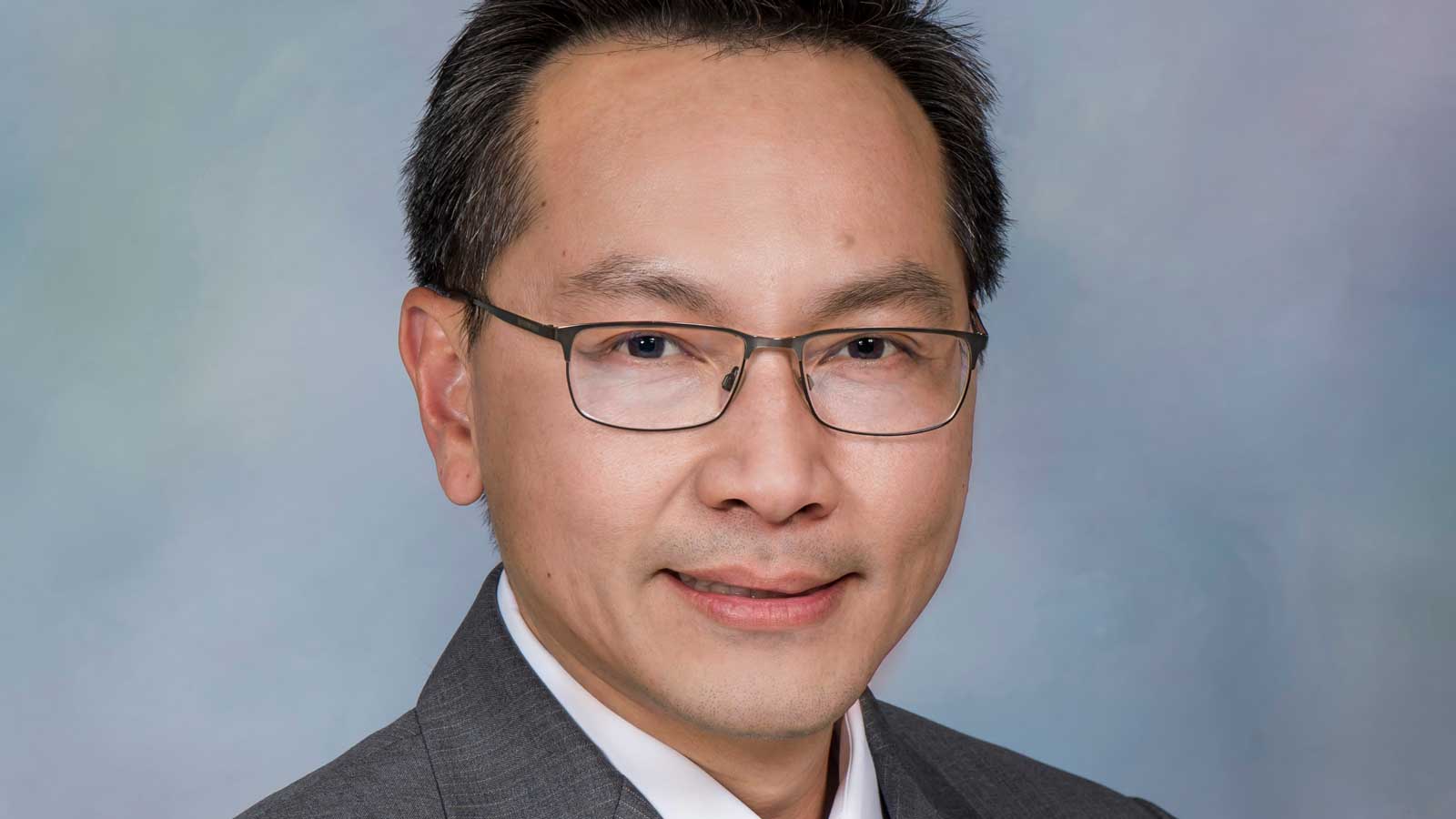Michael S. Wong, the Tina and Sunit Patel Professor in Molecular Nanotechnology and chair of chemical and biomolecular engineering at Rice, has been awarded $250,000 by the Strategic Environmental Research and Development Program (SERDP) to develop the disposal of per- and polyfluoroalkyl substances (PFAS) using light and photocatalysis.
For more than 80 years, PFAS have been widely used in coatings, chemical and materials processing, and firefighting foams, and are ubiquitous in the environment. High levels of PFAS in humans have been associated with various health problems, including cancer, low fertility rates, ulcerative colitis and thyroid disease.
Last year, Maine became the first state to ban PFAS in all products by 2030, except where judged “currently unavoidable.”
“PFAS are known as ‘forever chemicals.’ Compared to the various treatment options being studied, photocatalytic oxidation has the advantage of needing no additional reagents, and needing only a light source,” said Wong, who has joint appointments in chemistry, materials science and nanotechnology, and civil and environmental engineering.
The title of Wong’s SERDP project is “Chemical-free Light-driven Destruction of Per- and Polyfluoroalkyl Substances (PFASs) Using Non-toxic Boron Nitride (BN).” SERDP is the environmental science and technology program of the U.S. Department of Defense.
Wong’s proposal builds on work conducted by various researchers at the Nanotechnology Enabled Water Treatment Center (NEWT), a National Science Foundation Engineering Research Center (ERC) with its headquarters at Rice.

